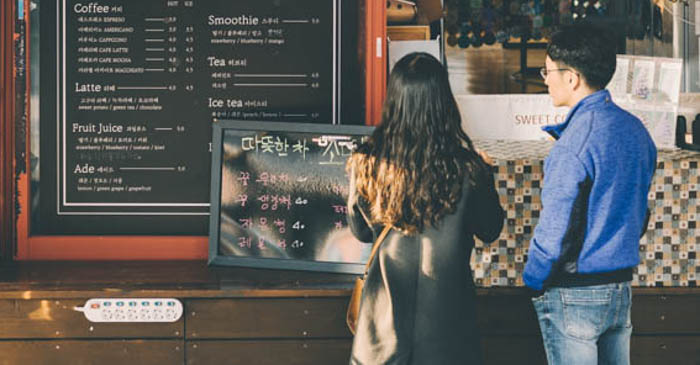
Read enough Korean romance novels and you begin noticing similarities in story lines. Not similarities in the plagiarism sense, but rather that certain plot elements show up time and time again. Sometimes it’s the rags-to-riches Cinderella story, in which a poor character discovers they’re the heir to a multimillion-dollar company. Other times, it’s the ugly duckling who receives a makeover and becomes the most beautiful person to walk down the street.
Some people argue that these are clichés, caused by a lack of imagination. That’s hardly the case. These tropes persist for a reason: readers love them and cannot get enough. At their heart, tropes help provide a window into the human condition. What does it say when people start treating you differently because of the way you look, as in the case of the ugly duckling? Beyond that, however, they offer something simpler; trope-filled stories provide a welcome escape from reality.
All story genres feature tropes. They’re inescapable, and many are unique to the genres you find them in. Here are some of our favorite Korean romance tropes.
Opposites Attract
Korean romances feature all sorts of relationship dynamics. Childhood friends, enemies-to-lovers, mistaken identities—a romantic trope exists for every preference and reader. But among the choices, perhaps the most popular is the idea that “opposites attract.” One reason for its enduring popularity is that it can embody many different character types. The straitlaced, serious person and the party animal. The poor servant and the rich CEO. The sweet, shy wallflower and the popular, arrogant jerk. Who doesn’t adore the idea of love overcoming differences to bring two people together?
Example: Just the Two of Us, Book 1 by Ryu Hyang
Fake Relationships
It often starts out as something simple. A woman asks a longtime male friend to pretend to be her boyfriend so she can avoid nagging family members at a relative’s wedding. Perhaps the reason is financial. The heir to a powerful company asks an employee to pretend to be his fiancée to assuage a strict grandparent’s expectations. The appeal of this trope is that the ruse ultimately reveals some hidden truths, such as that the couple might have long-buried feelings for one another or that they’re more compatible for each other than previously thought.
Example: Coffee Prince by Lee Sun-mi
Cross-dressing
This trope can be controversial, but it remains one of the more common Korean romance tropes. A woman pretends to be a man for any number of reasons. She doesn’t like the attention she receives as a woman. She’s working in a traditionally male-dominated field—an especially popular version found in historical romances. Nevertheless, the masquerade sets off a chain of misunderstandings and confusion as she struggles to conceal her true gender, even after she meets the male love interest.
Example: Boys Will Be Boys by Scroll
Reverse Harem
The concept of a reverse harem is deceptively nuanced. The premise looks straightforward at first glance: a heroine surrounded by multiple attractive men, some of which may be potential love interests. But what makes this trope work is that the heroine is not the type of woman who normally attracts the attention of multiple men. She can be a tomboy or a wallflower, and as a result, she hates the attention. Sometimes she’s hiding her true identity—maybe by combining Korean romance tropes and pretending to be a man. While the main benefit of the reverse harem trope is the potential for comedic high jinks, its true charm stems from the heroine being forced out of her comfort zone to learn about herself, life, and love.
Example: Let’s Play by Mongie
Cohabitation
If fake relationships force people into emotional intimacy, cohabitation forces people into close quarters. You can learn a lot about someone by living with them. We’ve all heard stories about friendships coming to an abrupt end because people decided to become roommates. In addition to personal discovery, the cohabitation trope provides lots of opportunity for cozy domesticity. Who doesn’t love watching couples cook together or cuddle while watching a movie? But in stories featuring this trope, this can happen before the couple even becomes a pair! Think of it as a preview for the future.
Example: The Lady and Her Butler by Jade
There are tons of Korean romance tropes, but these are some of our favorites. They reveal the emotional truth behind a person’s mask and how those truths can play out in a romantic relationship. In the end, isn’t that something romance readers want most?












